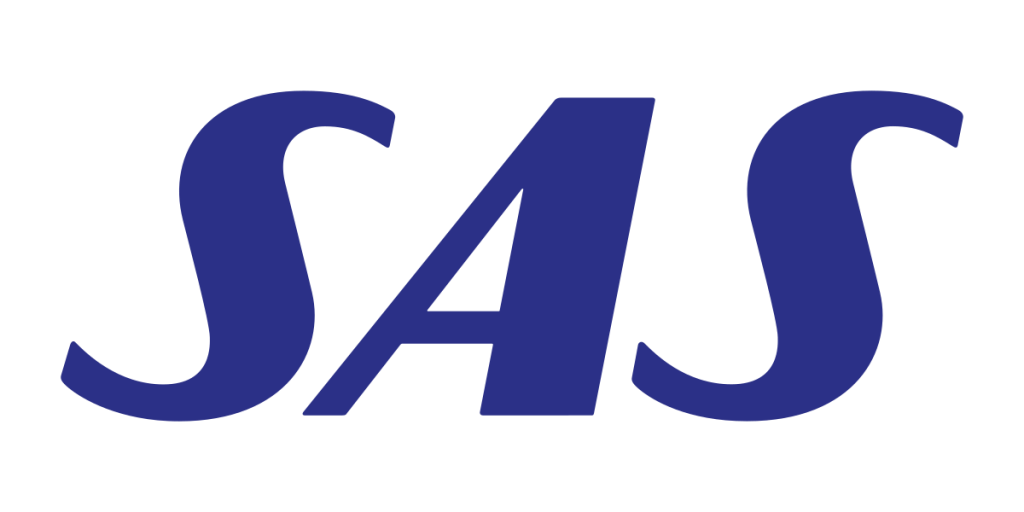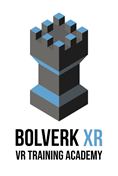
Scandinavian Airlines System (SAS) has launched Bolverk XRs Airline Training Academy to enhance its cabin crew training.
SAS has followed the technology trends for a long time and believe that by training in VR scenarios, crew will receive improved and realistic training that will be more effective. Real-life scenarios and challenges can be trained repeatedly in a safe environment through virtual reality.

Chief Cabin Crew Instructor Lene-Marie Nissen, said: “From 2020 and onwards, we will introduce VR in all courses in cabin crew training for door opening, arming, disarming including slide, raft and SOP. On top we will train firefighting scenarios with several cabin crew working together in VR to stop the fire. The repetition of SOP and drills in this realistic environment will give cabin crew a robust and improved training.”
“We see that it is possible to train the same scenario for different aircraft models over and over again in VR which will dramatically improve the competency of each crew. Furthermore, we can now train and evaluate all students individually while training cooperation between the entire crew compared to one scenario in a mock up case with a group of students.”
“Also, I definitely see that SAS in the future will expand training in VR to other aspects, such as ex. security search, equipment location, medical training, mock up cases etc. “SAS team is very excited about following the VR trends in the future and to be a part of this journey towards new technology and advanced training for Crew.”

Since August 2017, SunClass Airlines (SCA) has trained with Bolverk XRs Virtual Airline Academy for an optimal cabin crew safety training program. SCA was facing the challenge of training thousands of their cabin crew on seven diferrent bases all over Scandinavia – and most of those bases did not have any training centres. The airlines wanted to have the quality training that a training centre delivers and wanted the flexibility to do trainings within any of their bases.
SCA achieved its goal to train all crew members in door safety within Bolverk XRs suite of VR simulations. The focus on correct handling of the doors has eliminated inadvertent slide deployments since the initiation of the VR training. The crew also learned to combat fire using VR, saving a massive amount of time and cost for their operations.

Head of Training Development Nicolai Bondo Rasmussen said: “The first group of newly hired flight attendants had never operated an aircraft door before. When we took them to the physical aircraft following the VR training, they did all the procedures correctly and were confident on all the modes the door can operate in. The realism in the VR was so good, that some of the cabin crew students were afraid of falling into the water because they did really believe they were standing upright by real water while releasing the slide-raft from the aircraft door.”
SCA sees a future where the need to visit aircraft or simulators to train is kept to a minimum, if needed at all. Virtual Reality is a good substitute for traditional training. Using VR, companies can train as much as they want, where and when they want, achieving a better outcome with a cutting-edge educational method.

Having adopted Virtual Reality (VR) technology in recent years, Air France has decided to take a further step into a fully immersive solution for their cabin crew training provided by Bolverk XR, experts within this field.
Real-life challenges as well as critical situations that take place onboard an aircraft can be trained repeatedly in a safe environment through virtual reality.
Air France Head of Digital Learning & Innovation for Cabin Crew, Alexandre Chiriac explains:
“For many years, Air France has been working to see how our cabin crew can benefit from innovative technologies to efficiently train for critical emergency situations.
We are excited to be part of this journey towards new technology and advanced training for our cabin crew. Upon the success of this first training scenario, we plan to expand VR training to other essential topics in the future.”
Bolverk XR Sales Director, Christophe Nagy said:
“Nowadays, more and more personal devices are being carried onboard by passengers creating new challenging situations for cabin crew to handle. For example, a lithium battery fire needs to be taken care of rapidly and efficiently for the security of the flight.
With the fully immersive VR environment, trainees can work on emergency scenarios in teams on the same virtual aircraft at the same time, which would be very challenging and costly to replicate in the real world.”

With their new delivery of the Boeing 737 MAX and new ways of working due to the pandemic, Icelandair has begun to explore innovative training solutions with the goal to optimize the learning process for its cabin crew team.
Therefore, Icelandair has initiated a development project together with Copenhagen-based company, Bolverk XR – experts in cabin crew VR training.
Chief Cabin Crew Instructor Asgerður Halla Johannsdóttir explains: “With the challenges of the pandemic and the need for innovation in training, we were looking to find the most innovative and realistic way to get our newly re-hired cabin crew team quickly familiar with our B737 MAX”.
“VR training is a development project today at Icelandair, which hopefully in the near future will be integrated into our daily training sessions”.
Project Manager Thora Halldora Gunnarsdottir, says: “Not only would a full aircraft visit in a VR environment save our instructors a great amount of time but would also definitely enhance our cabin crew knowledge in a more efficient way as they will be able to train multiple times in VR without the need to wait for an available aircraft”.
